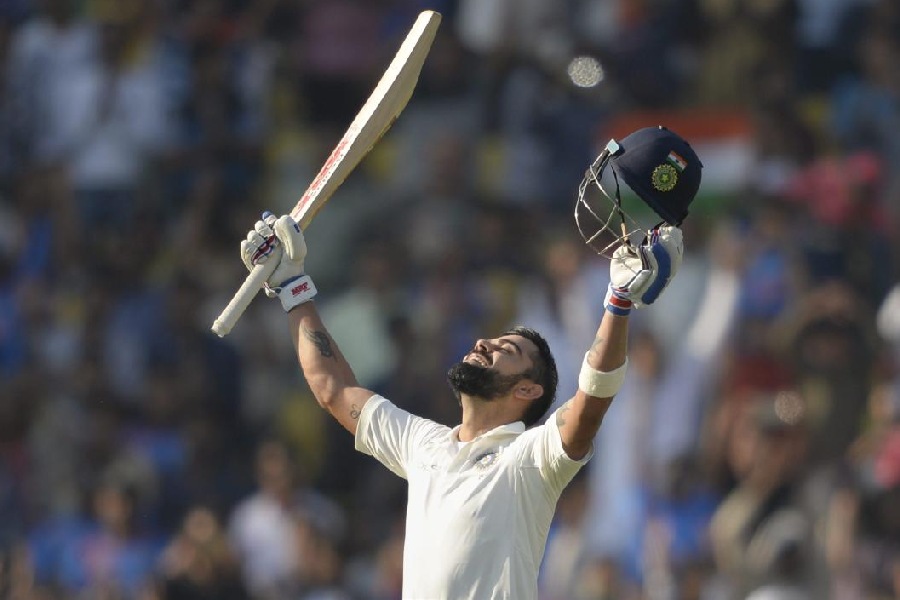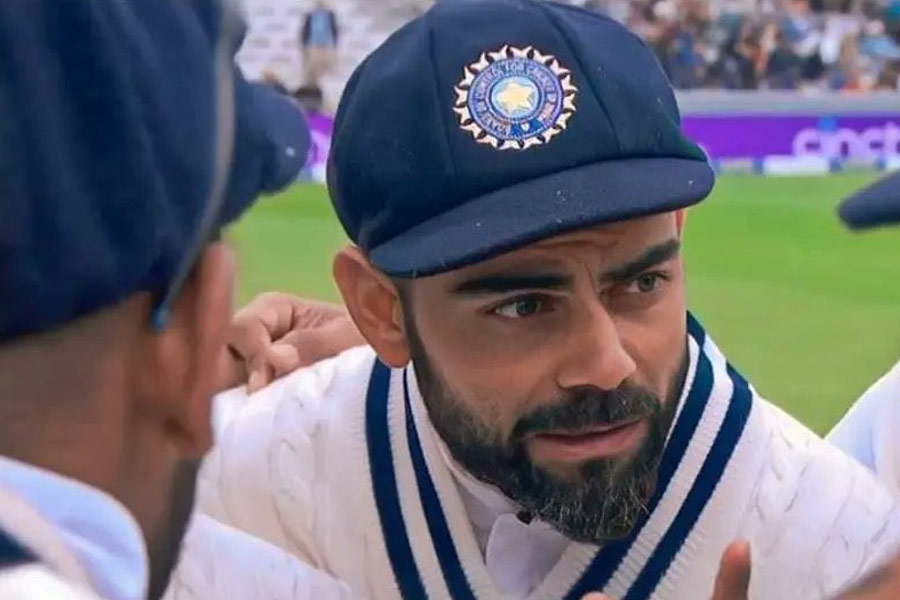 |
There’s no question about it! The Mitsubishi Lancer Cedia is a great car. And now it is enhancing its reputation even further in the Indian National Rally Championship where Gaurav Gill driving for the JK Tyres rally team is winning quite easily against the Maruti Suzuki Balenos and Ford Fiestas.
But even in rally-prepared form, the Cedia is not really in the mould of a Mitsubishi Lancer EVO, which is a true performance car. Some years ago, JK Tyres did have a Lancer specially developed abroad for rallying and named it the ‘Evil 4’, but this 130bhp+ machine did not see much action as politics and rule changes caused JK Tyres to pull out of rallying. Happily, rallying’s loss was my gain as I got to do a driving impression of it for The Telegraph.
But the Lancer that really takes one’s breath away is the one you see in the pictures. This is the Lancer Evolution IX MR, and it is one helluva beast! The car was on display at the Auto Expo earlier this year, but only about a month ago, Mitsubishi Motors Corporation (MMC) announced the launch of the car for retail sale in Japan (sigh!).
 |
The Evo 9, as I shall refer to it from here on, is a four-wheel-drive high performance sports saloon. What does this mean? Well, just look at the front end on that car. It’s different from the Cedia that we have come to know in India. The mesh grille set into the wide chunky air dam and mesh-covered louvers in the bonnet are meant to give the Lancer a very purposeful and aggressive look.
Look a little closer at the air dam and you will notice the intercooler nestling behind the mesh grille. The front air dam has been designed to reduce turbulence (flow of air) under the car, thus reducing air resistance and front-end lift. The concave areas on either side of the car are actually design features that apart from looking good, direct airflow away from the sides of the vehicle, eliminating the accumulation of air in the wheel housing.
All this implies a very serious machine and yes, it’s meant for normal road driving. Which begs the question, ‘What’s under the hood, guv’? Well what lies beneath is a very potent engine — Mitsubishi’s reliable 4G63 2L DOHC intercooled turbocharged engine. It features MIVEC (Mitsubishi Innovative Valve timing Electronic Control system), a system that continuously varies inlet valve timing according to engine speed and load and so is in a high performance mode throughout the rev range.
 |
Basically, a hydraulic mechanism controls the camshaft on the inlet side to vary the inlet valve timing. This results in higher engine output because it improves the charging efficiency (amount of fuel charge going into the engine) at high engine speeds and also stabilises combustion at low engine speeds, the result being better fuel consumption and emissions performance. It’s a bit like what Honda’s VTEC system does actually. Moreover, this engine has a new, improved turbocharger force-feeding it, which Mitsubishi says, improves off-the-line acceleration.
Allow me to break all that down for you. Acceleration really depends on torque rather than power (bhp) and in the Evo 9, the engine develops 400Nm of torque at a lowish 3000rpm, which is just 40Nm less than the petrol V8 engine in the Audi Q7. In terms of power output, it’s no slouch either — 280bhp at 6500rpm.
To make sure all that power does not upset the car’s dynamics, Mitsubishi has incorporated an Active Yaw Control system that uses electronics to transfer torque between the rear wheels to direct drive equally to both wheels, thereby controlling the yaw or sideways moment acting on the car body.
Remember those old American movies like Smokey and the Bandit in which the Pontiac Trans Am use
to fishtail on instant hard acceleration? That is just what Active Yaw Control prevents in the Evo 9. Sensors estimate the road conditions from handling, lateral G forces, etc., and then drive is actively allocated to left or right rear wheels.
The chassis dynamics are influenced further by the use of stiffer (than before) Eibach coil springs along with Bilstein dampers. Ride height has also been lowered by approximately 10mm to enhance vehicle stability and cornering. Because it’s a car meant for the road, Mitsubishi has not overlooked the luxury aspect of the interiors — it’s a bit similar to that in the Cedia except that it’s is painted in Piano Black. The front bucket seats are by Recaro and upholstered in a combination of Alcantara, genuine leather and red stitching added to provide accents. And for boors, who would rather listen to music than the exhaust note of the car, there is a music system with six speakers. The sports theme continues with the black, three-spoke steering wheel by Momo which has an airbag within it.
The factory offers a choice between Enkei and BBS 17-inch wheels. Will it be available in India? Unlikely, because it is a limited edition model and the company is targeting a sales figure of just 1,500 units, which includes an estate version as well. But for the enterprising (and well-heeled) few, it may make a welcome change from mundane Ferraris and Lamborghinis!
My favourite car
 |
SAMRESH JUNG,
champion shooter
I hardly manage to squeeze out time from my hectic practice schedule to pursue other interests. Cars are more of a necessity to me than fancy. In spite of that, I own two cars at present. One is a Santro and the other, a Scorpio.
The Scorpio had been a car I had always wanted to own. So finally when I did manage to buy one, I was overwhelmed. There was no specific reason why I liked the car, I guess it’s one of those feelings — you see something and immediately want to possess it.
Also, I have a big family and that was one factor I had to keep in mind before choosing a car. I love to take my family on long drives, and the Scorpio is one car which works equally well on city roads as well as on highways.
I had bought the Scorpio two years ago, but I am very happy with its performance and wouldn’t like to trade it for any other car.












